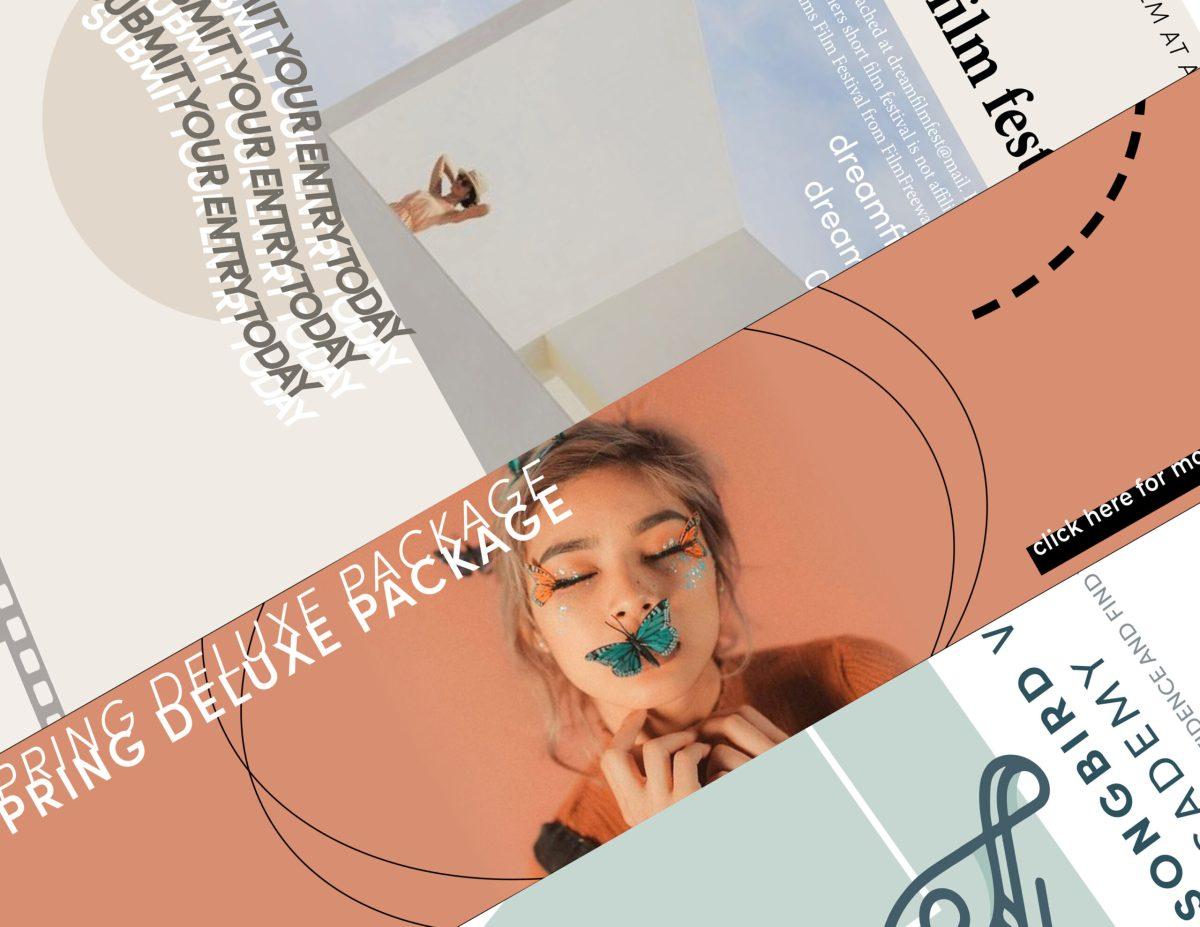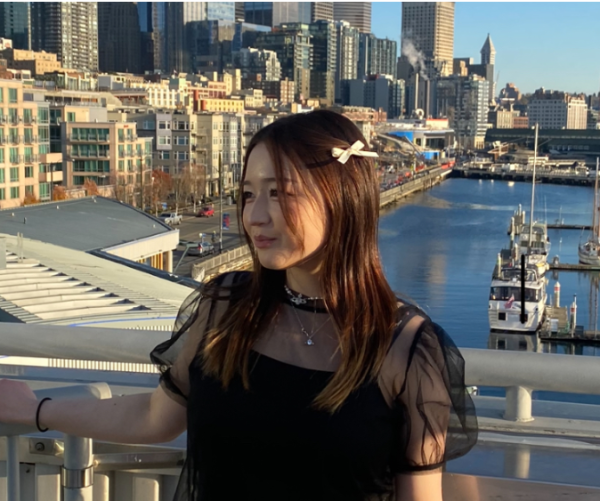Miina McCown/The Broadside
You don’t need to be an artist or a graphic designer to find these tips for design useful. Whether it’s for a presentation, poster, business card, application, or social media post, there are many ways that graphic design is manifested into our everyday lives. From our social and personal perspectives to our thoughts and communications, graphic design plays a large hand in influencing work, school and more.
Keep reading to expand your knowledge on some essential design secrets you can use in your everyday digital endeavors.
- Limit the number of fonts you use
In order to create visual interest, it is important to use more than one font. But it is also vital to limit yourself to two or three so you don’t get carried away and confuse the eye of the viewer as to where they should be looking first. Experiment with typography to see which fonts work well together. Which contrast each other well enough yet maintain a cohesive feel and stick to the theme of your design?

- Use white space where it is possible
Often in design, less is more. For an elegant, sleek and modern feel, the use of white space can play an instrumental role. Sometimes, many design elements such as excessive typography and colors may not be necessary for your design, and instead may be crowding space and distracting viewers from what is really important.
- When in doubt, use flat design
Despite what may be commonly believed, complex three-dimensional elements aren’t necessary to create a professional or visually pleasing design. Flat design has become more and more largely used in recent years, and it is easily used by complete beginners and advanced designers alike.
An example of this is popular app icons. As seen below with the note-taking app “Evernote,” the design of the icon appears to be having more and more of a two-dimensional appearance throughout the years. This can also be seen with Apple’s app icons.
- Stick to a cohesive color palette
Some of the most visually appealing images employ a color palette with a certain number of hues as well as utilize color psychology. A very useful tip, especially for digital artists is to lay down a base color (which tends to be lighter) and then to layer other colors you want to include in your design before lowering the opacity of those. Then, use the color selection tool to select the new color and to use it within the final design. This is a very simple yet effective tool for developing cohesive color palettes since the colors that result from doing so all have the same base hue. These steps can be achieved easily through programs such as InDesign and Photoshop as well.
- Establish visual hierarchy
When beginning your design, think about what is most important and emphasize it through size, color, space or other design elements. The goal is essentially to arrange elements to show their order of importance. Looking at examples of graphic design helps us see that the most effective are usually ones that include some form of hierarchy to establish what is most important. With the example below, the word “BRAND” is the largest and in the brightest color. This is where the eye is meant to go.













